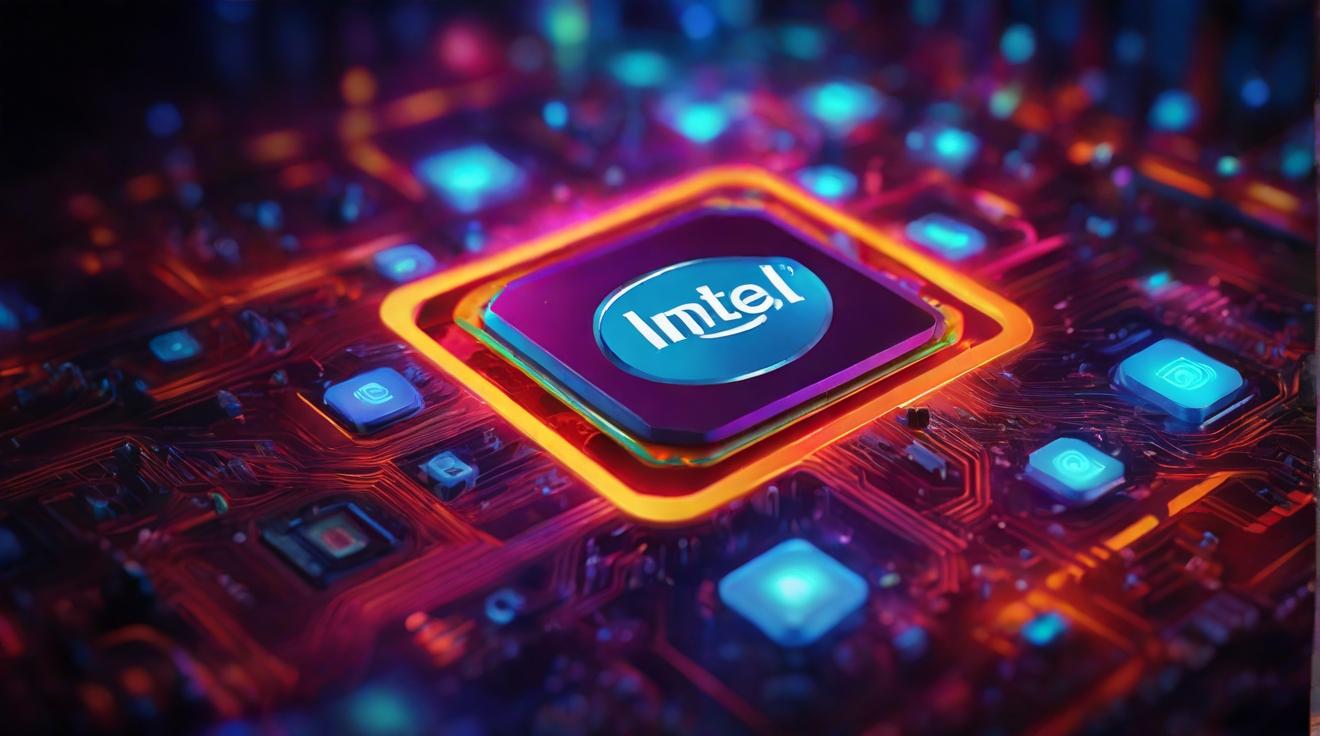Spacecoin Achieves Groundbreaking Blockchain Transmission via Satellite
Spacecoin has reached a significant milestone in its ambition to establish a decentralized communications infrastructure with the successful transmission of a secured blockchain transaction through its first demonstration satellite, CTC-0. The encrypted data was transmitted from Chile to Portugal, serving as a proof-of-concept for sending cryptographic signatures intact via satellite. This validation is a critical step toward creating a decentralized network of communication satellites.
“Can we send cryptographic signatures to space intact? Without it, we cannot build a decentralized network of communications satellites and fulfill the vision of building permissionless connectivity,” said Spacecoin founder Tae Oh. “That was the main mission of CTC-0, that we launched December 2024 with SpaceX. And today, I’m glad to share that CTC-0 fulfilled its purpose.”
CTC-0 and the Roadmap for Larger Satellites
CTC-0, a compact satellite developed by Endurosat, was launched in December 2024 aboard a SpaceX Falcon 9 rideshare mission. It marks the first in a series of Spacecoin prototypes designed to enhance the company’s decentralized satellite network capabilities. Spacecoin plans to deploy three slightly larger satellites under the CTC-1 series, followed by even more capable spacecraft to improve network performance and coverage.
Positioning Amidst Satellite Internet Giants
Spacecoin enters a competitive landscape dominated by SpaceX’s Starlink, which has deployed over 8,000 satellites and attracted millions of users worldwide. Amazon’s Kuiper project and other emerging players also vie for market share. Unlike these centralized broadband providers, Spacecoin’s model is based on decentralization and tokenized access, aiming to create a censorship-resistant network that ensures privacy and freedom online.
Introducing Starmesh: Decentralized, Encrypted Internet Traffic
Spacecoin plans to launch Starmesh, an encrypted internet traffic network designed to maintain user privacy and enable untraceable browsing. Starmesh will support access to decentralized web services while preserving internet freedom. The network will operate on the Creditcoin blockchain, facilitating payments for internet fees and other financial transactions, particularly targeting underserved emerging markets.
“Unlike terrestrial networks, which remain vulnerable to outages, censorship, and cost barriers, a decentralized satellite-based system can deliver internet access that is global, censorship-resistant, and independent of monopolies,” Spacecoin stated.
Company Background and Vision
Founded in 2022 by Tae Oh, who previously established Gluwa—an emerging markets financial services firm—Spacecoin seeks to revolutionize internet infrastructure through blockchain and satellite technology. The company’s decentralized approach aims to circumvent traditional internet vulnerabilities such as censorship, outages, and monopolistic control, delivering a resilient and open global network.
FinOracleAI — Market View
Spacecoin’s successful demonstration of blockchain data transmission via satellite represents a pioneering step toward decentralized satellite internet, a sector currently led by centralized providers like SpaceX’s Starlink. This breakthrough highlights the viability of encrypted, permissionless connectivity in orbit, potentially reshaping the future of global internet access with enhanced privacy and censorship resistance.
- Opportunities: Expansion of decentralized internet infrastructure could disrupt existing monopolies and open new markets, especially in censorship-prone regions.
- Risks: Technical challenges in scaling satellite constellations and regulatory hurdles may delay widespread adoption.
- Competition from well-capitalized players like SpaceX and Amazon remains significant.
- Successful integration with blockchain payment systems could create innovative financial services tied to internet access.
Impact: Spacecoin’s milestone marks a positive development in satellite-based decentralized internet technology, signaling potential shifts in the landscape of global connectivity and digital sovereignty.













